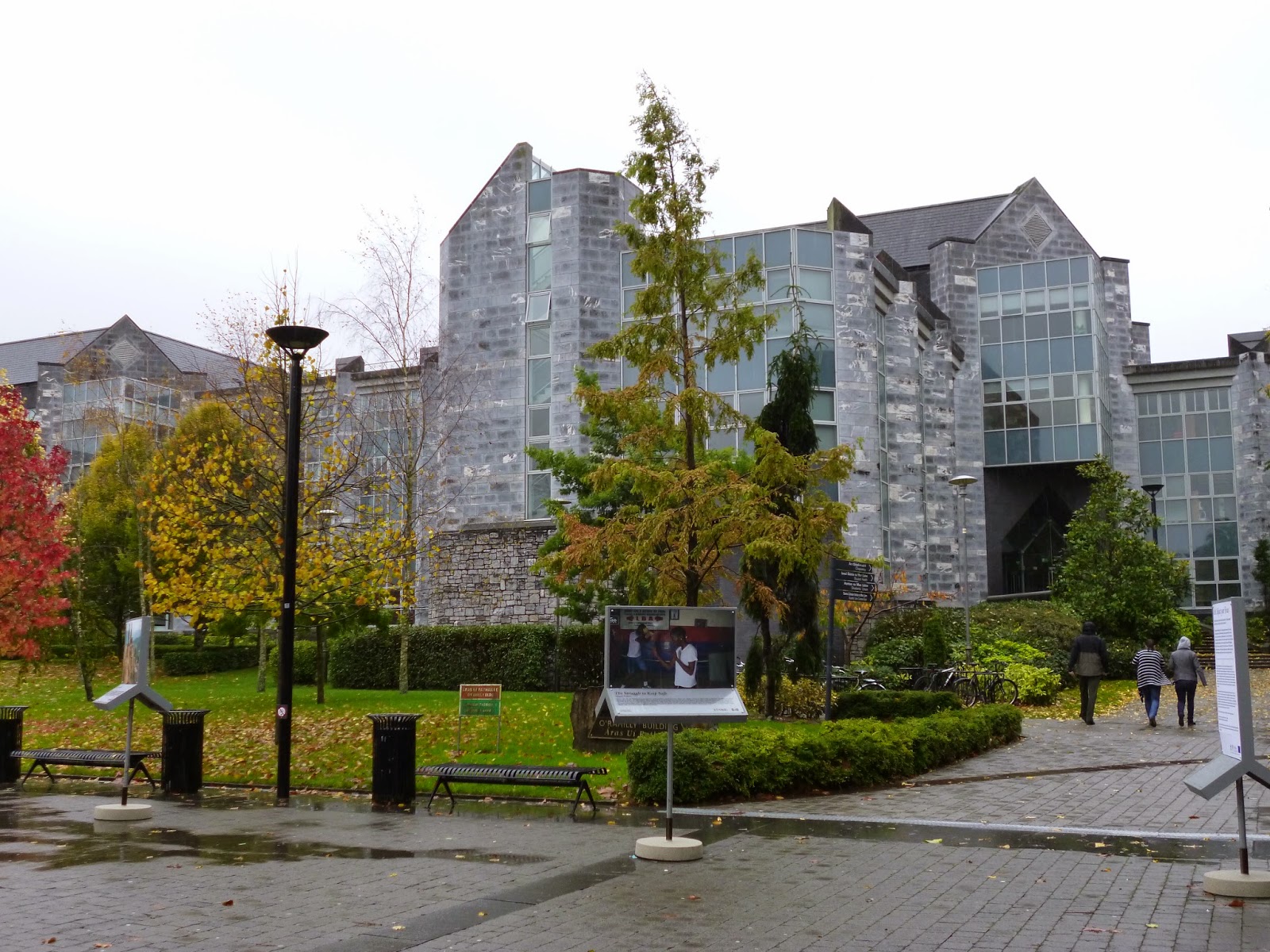The conference was opened by the NPHFI Chairman, Dr Mark O'Brien and delegates were welcomed to UCC by the Head of the UCC School of History, Prof David Ryan. The Chairman of the Irish Examiner newspaper, Mr Tom Crosbie, also welcomed the conference delegates to Cork.
The conference theme was: 'Home thoughts from abroad: History, the Press and Diaspora'. I suppose diaspora is something that Irish people know a great deal about, with generations of Irish having been forced to move abroad in search of work and a better life.
Speakers came from universities in Ireland, UK, USA and Australia to present papers on how the link between Ireland and the Irish around the world was maintained over generations by means of the newspaper and the periodical.
The plenary speech was delivered by Prof. Donal McCracken, University of KwaZulu-Natal, South Africa, who spoke about Irish edited newspaper in South Africa. There's a short piece on the conference on the Evening Echo website here.
Details of the 2015 conference will be announced soon on the NPHFI website http://newspapersperiodicals.org/ and Facebook page https://www.facebook.com/NPHistoryForum








